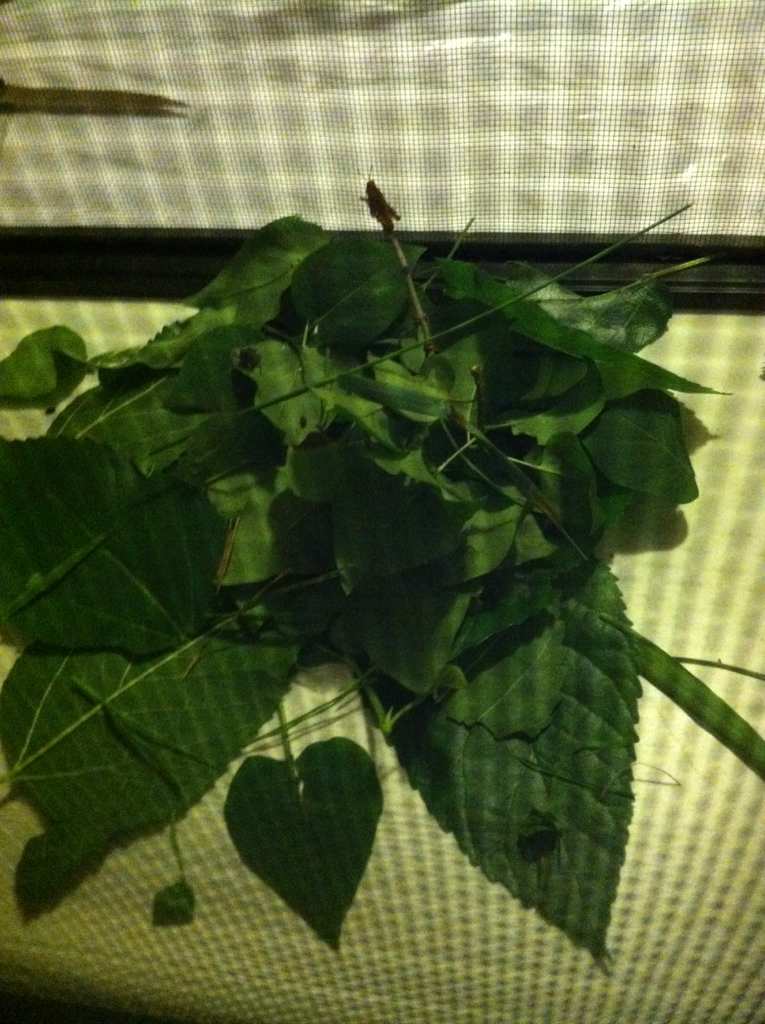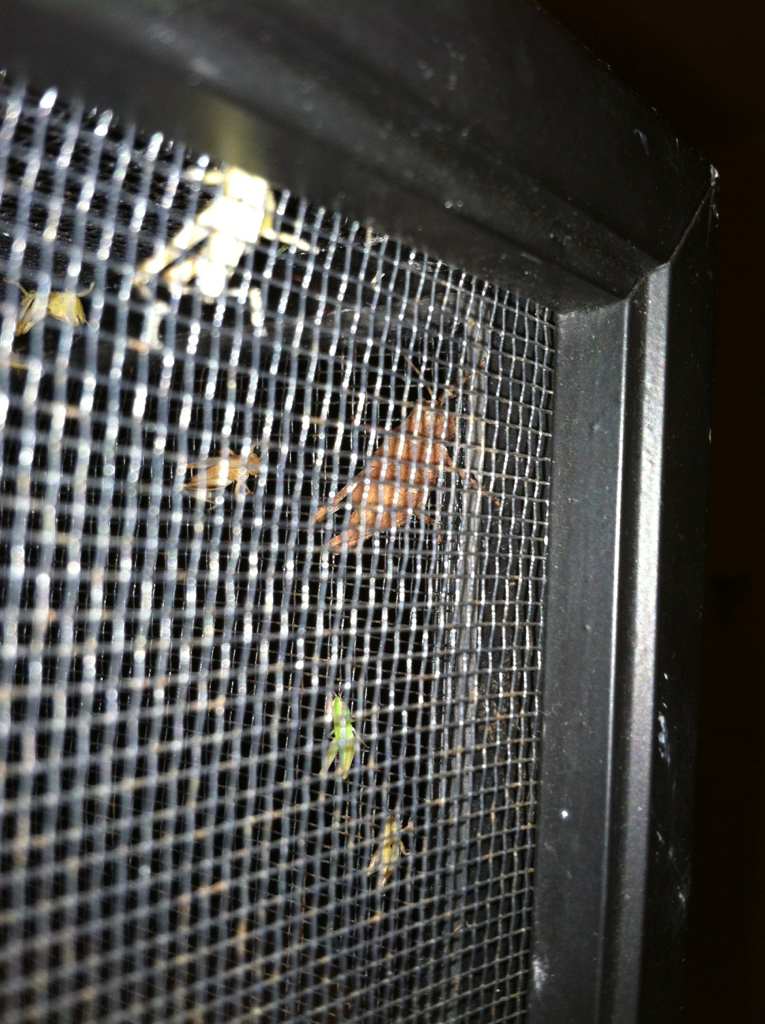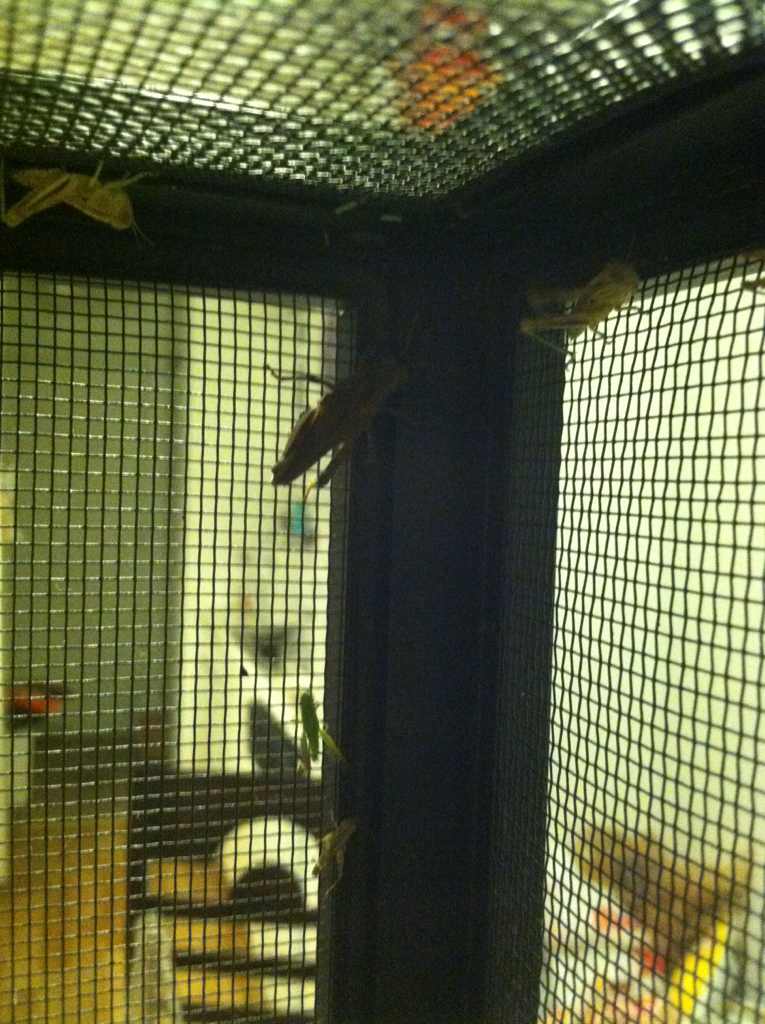Chameleonmaster
Avid Member



I have about 30 I caught today.
Follow along with the video below to see how to install our site as a web app on your home screen.
Note: This feature may not be available in some browsers.



A little deli cup, big milk jug, and a couple hours.
If you think your area is sprayed with pesticides I would not feed them out. I would attempt to captive breed them however even then it is not an ideal situation. I'm not going to recommend feeding grasshoppers that have been exposed to pesticides to anyone. As well when feeding your hoppers especially the larger ones I would pinch off the big back legs as they are formidable and possible could cause internal blockages and other health problems. Something similar to feeding mantis with their claws intact. That is what my guidance would be about grasshopper feeding.
How did you manage to catch them with a deli cup, a little one at that? I think a butterfly net might of been easier.
They're isn't any pesticides In the area but everyone recommends to wait a couple days. None of them have died off so they're safe.
I still don't get this whole pesticides on bugs thing. If the bug has pesticides on it why is it still alive? If it has so little on it the it doesn't kill the bug what make everyone think it will kill your Chameleon? I have never heard of a Chameleon dying after eating a WC bug.
I have fed wild bugs to chams for 7 years without ill effects.
Most are caught with a light trap.. moths, beetles ect.
I do field collect grasshoppers, mantids, spiders, cicadas, katydids and walking sticks. The best places are weedy over grown fields away from power lines and agriculture.
The only time I have had problems with pesticides is when I fed the wild bugs greens from the grocery store without washing them with soap.
That's funny, I fed some unwashed romaine to my grasshoppers and almost killed them all. I lost about 5 and luckily the rest made it through.
Can you tell me again what you use for a laying substrate?
I still don't get this whole pesticides on bugs thing. If the bug has pesticides on it why is it still alive? If it has so little on it the it doesn't kill the bug what make everyone think it will kill your Chameleon? I have never heard of a Chameleon dying after eating a WC bug.
That is exactly my way of thinking. If the bug is dead then obviously we won't feed it to out chameleons. If it is still alive then it wasn't harmed by the pesticide therefore it won't harm our chameleons.
Luis
I have fed wild bugs to chams for 7 years without ill effects.
Most are caught with a light trap.. moths, beetles ect.
I do field collect grasshoppers, mantids, spiders, cicadas, katydids and walking sticks. The best places are weedy over grown fields away from power lines and agriculture.
The only time I have had problems with pesticides is when I fed the wild bugs greens from the grocery store without washing them with soap.